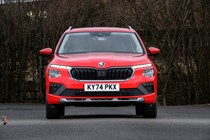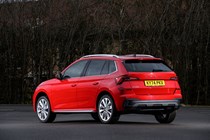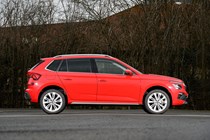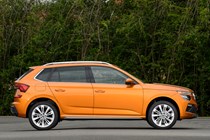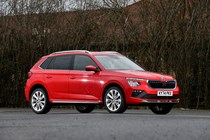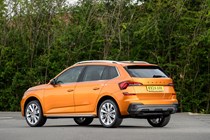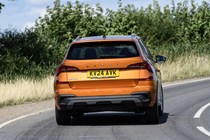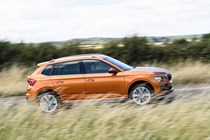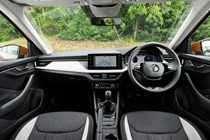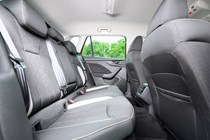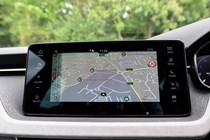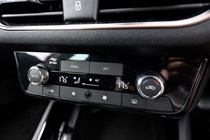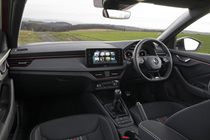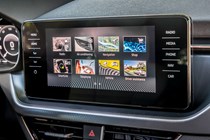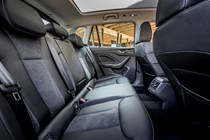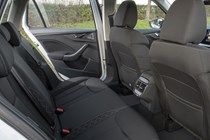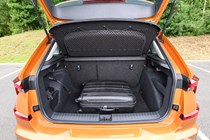
Skoda Kamiq engines, drive and performance
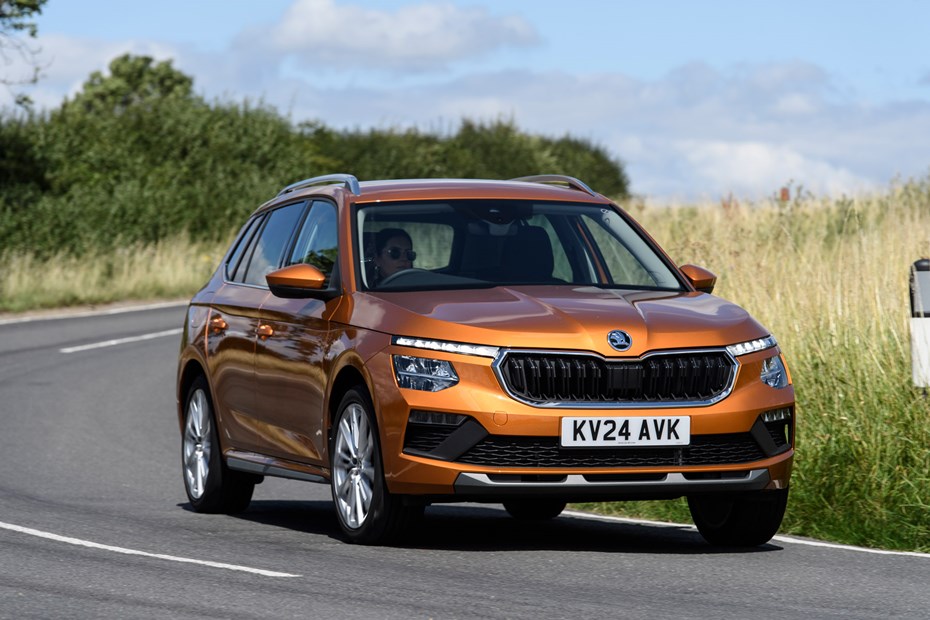
- Three petrol options, no hybrids
- Any should be enough for most buyers
- Choice of manual and auto gearboxes
Petrol engines
The Kamiq is available with a choice of 1.0- and 1.5-litre petrol engines. There are two 1.0-litre engines to choose from: one that produces 95hp and a second that produces 116hp – 6hp more than the previous version.
The 116hp 1.0-litre and 1.5-litre power units can both be specified with either a six-speed manual or a seven-speed DSG automatic gearbox, while the 95hp 1.0-litre has to make do with a five-speed manual.
The 1.5 TSI feels pretty quick for a car of this size, with 0-62mph dispatched in 8.0 seconds (the DSG adds 0.3 seconds) and in-gear acceleration is strong too. One problem with this engine is that it often wastes power with wheelspin. The intrusive traction control will too easily kick in, even when you’re just exiting a wet roundabout at sensible speeds.
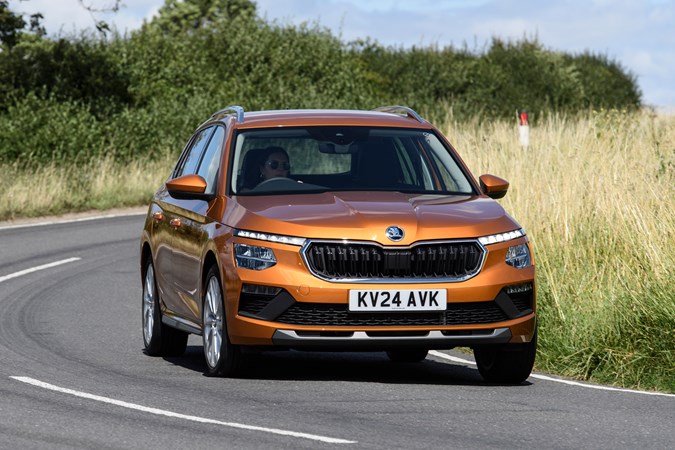
When this engine is teamed with the DSG automatic gearbox, normal mode is the one to go for. Eco is also pretty good and doesn’t dull throttle response enough to become annoying. Conversely, in Sport mode, throttle response is a bit too sharp.
We found that if you put your foot down on the accelerator, it will too often kick down three gears and scream the engine when all you needed was enough oomph to nose past a dawdling wagon. In Monte Carlo spec, the Kamiq can be knocked into manual gear selection mode, with paddles behind the wheel.
Diesel engine
The pre-updated Kamiq was also available with a 1.6-litre TDI diesel engine that offered 115hp and 250Nm of torque. We’d only recommend tracking down one of these models if you plan on doing a lot of miles every year (say, at least 15,000) and want a big driving range.
What’s it like to drive?
- Handles more like a hatchback than an SUV
- Good blend of comfort and handling
- Optional Sport Chassis Control
Traditionally, Skoda cars offer a more comfort-focused driving experience than an equivalent SEAT, but the Kamiq manages to balance comfort and agility well.
By no means is it a sports car (nor is it intended to be) and most buyers will be more interested in its easy-to-drive characteristics than its dynamic performance. But we found it handles well on a twisty road – it doesn’t feel wayward or difficult to control. Body roll is kept mostly in check, although you do notice it lean more than the stiffer Seat Arona. Even so, it grips evenly front to rear and can be persuaded to cover ground quickly.
Cars fitted with optional Sport Chassis Control (which sits 15mm lower than the standard car and benefits from adaptive suspension), respond well to lumps and bumps. The car also feels more stable when changing direction. However, even the standard set-up displays good control and poise, so it’s not really worth paying the extra cash as the Kamiq’s handling is already a fine blend between the sharper SEAT Arona and comfortable Volkswagen T-Cross.
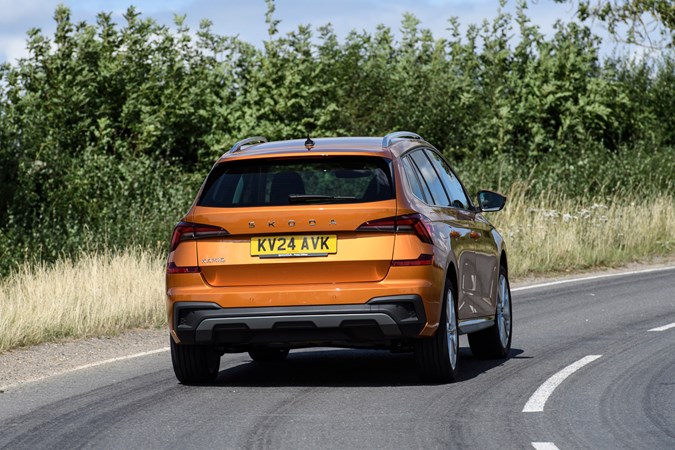
The steering is direct and light without feeling vague or disconnected, but you can increase the weight via the drive mode selector if you like. We wouldn’t bother as it can feel artificially heavy for a light and nimble crossover.
The good visibility helps with how easy the Kamiq is to drive as well. And the driving position, while surprisingly low for a car with SUV aspirations, is comfortable and easy to adjust, helping you feel in control. A Volkswagen T-Cross feels more convincing as an ‘SUV’ for this reason.



